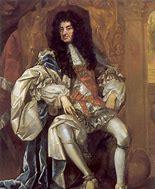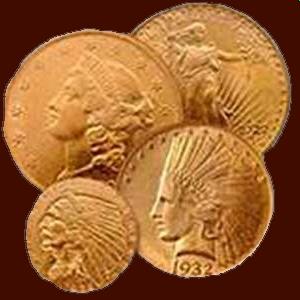








Designed by Nigel G Wilcox






The Paragon Of Metal Detecting
Powered By Sispro1
British Sterling Currency - Numismatics,
Maundy Sets
For Reference ONLY
Everything For The Detectorist
Maundy Sets
Charles II 1660-1685

Royal Monarchy
Copyright All Rights Reserved by Nigel G Wilcox E-Mail: ngwilcox100@gmail.com
Pages

Charles II


Royal Maundy is a religious service in the Church of England held on Maundy Thursday, the day before Good Friday. At the service, the British monarch or a royal official ceremonially distributes small silver coins known as "Maundy money" as symbolic alms to elderly recipients. The coins are legal tender but do not circulate because of their silver content and numismatic value. A small sum of ordinary money is also given in lieu of gifts of clothing and food that the sovereign once bestowed on Maundy recipients.
The name "Maundy" and the ceremony itself derive from an instruction, or mandatum, of Jesus Christ at the Last Supper that his followers should love one another. In the Middle Ages, English monarchs washed the feet of beggars in imitation of Jesus, and presented gifts and money to the poor. Over time, additional money was substituted for the clothing and other items that had once been distributed.
Beginning in 1699 the monarch did not attend the service, sending an official in his place. The custom of washing the feet did not survive the 18th century. In 1931 Princess Marie Louise was at Royal Maundy, and afterwards suggested that her cousin, King George V, make the distributions the following year, which he did, beginning a new royal custom. Traditionally, the service was held in or near London, in most years in the early 20th century at Westminster Abbey. Today, Queen Elizabeth II almost always attends (she has been absent only four times in her reign), and the service is held in a different church (usually a cathedral) every year. Recipients were once chosen for their poverty and were entitled to remain as Maundy recipients for life; today new recipients are chosen every year for service to their churches or communities, on the recommendation of clergymen of various Christian denominations. Generally, recipients live in the diocese where the service is held, although this was altered for the 2011 and 2012 services.
Maundy money is struck in denominations of one penny, two pence, three pence, and four pence. Until the 18th century the coins given were from the circulating coinage, and it was not until the latter half of the century that the four Maundy coins developed as distinct, noncirculating pieces. The obverse design of the coins features the reigning monarch. The reverse, with a crowned numeral enclosed by a wreath, derives from a design first used during the reign of King William III and Queen Mary II, and which has been virtually unaltered since 1822. The coins are presented in two leather purses, a white one containing coins to the value of the same number of pence as the years of the monarch's age, and a red purse containing a 5 and a 50p coin. These leather purses are traditionally supplied to the sovereign by Barrow Hepburn & Gale. In most years there are fewer than 2,000 complete sets of Maundy money; they are highly sought after by collectors.
The name "Maundy" and the ceremony itself derive from an instruction, or mandatum, of Jesus Christ at the Last Supper that his followers should love one another. In the Middle Ages, English monarchs washed the feet of beggars in imitation of Jesus, and presented gifts and money to the poor. Over time, additional money was substituted for the clothing and other items that had once been distributed.
Beginning in 1699 the monarch did not attend the service, sending an official in his place. The custom of washing the feet did not survive the 18th century. In 1931 Princess Marie Louise was at Royal Maundy, and afterwards suggested that her cousin, King George V, make the distributions the following year, which he did, beginning a new royal custom. Traditionally, the service was held in or near London, in most years in the early 20th century at Westminster Abbey. Today, Queen Elizabeth II almost always attends (she has been absent only four times in her reign), and the service is held in a different church (usually a cathedral) every year. Recipients were once chosen for their poverty and were entitled to remain as Maundy recipients for life; today new recipients are chosen every year for service to their churches or communities, on the recommendation of clergymen of various Christian denominations. Generally, recipients live in the diocese where the service is held, although this was altered for the 2011 and 2012 services.
Maundy money is struck in denominations of one penny, two pence, three pence, and four pence. Until the 18th century the coins given were from the circulating coinage, and it was not until the latter half of the century that the four Maundy coins developed as distinct, noncirculating pieces. The obverse design of the coins features the reigning monarch. The reverse, with a crowned numeral enclosed by a wreath, derives from a design first used during the reign of King William III and Queen Mary II, and which has been virtually unaltered since 1822. The coins are presented in two leather purses, a white one containing coins to the value of the same number of pence as the years of the monarch's age, and a red purse containing a 5 and a 50p coin. These leather purses are traditionally supplied to the sovereign by Barrow Hepburn & Gale. In most years there are fewer than 2,000 complete sets of Maundy money; they are highly sought after by collectors.
Courtesy: Wikipedia 2018
Not to Scale
Main Coin Menu

VIEW ALL MENUS
Member NCMD
6. S. Menu
























